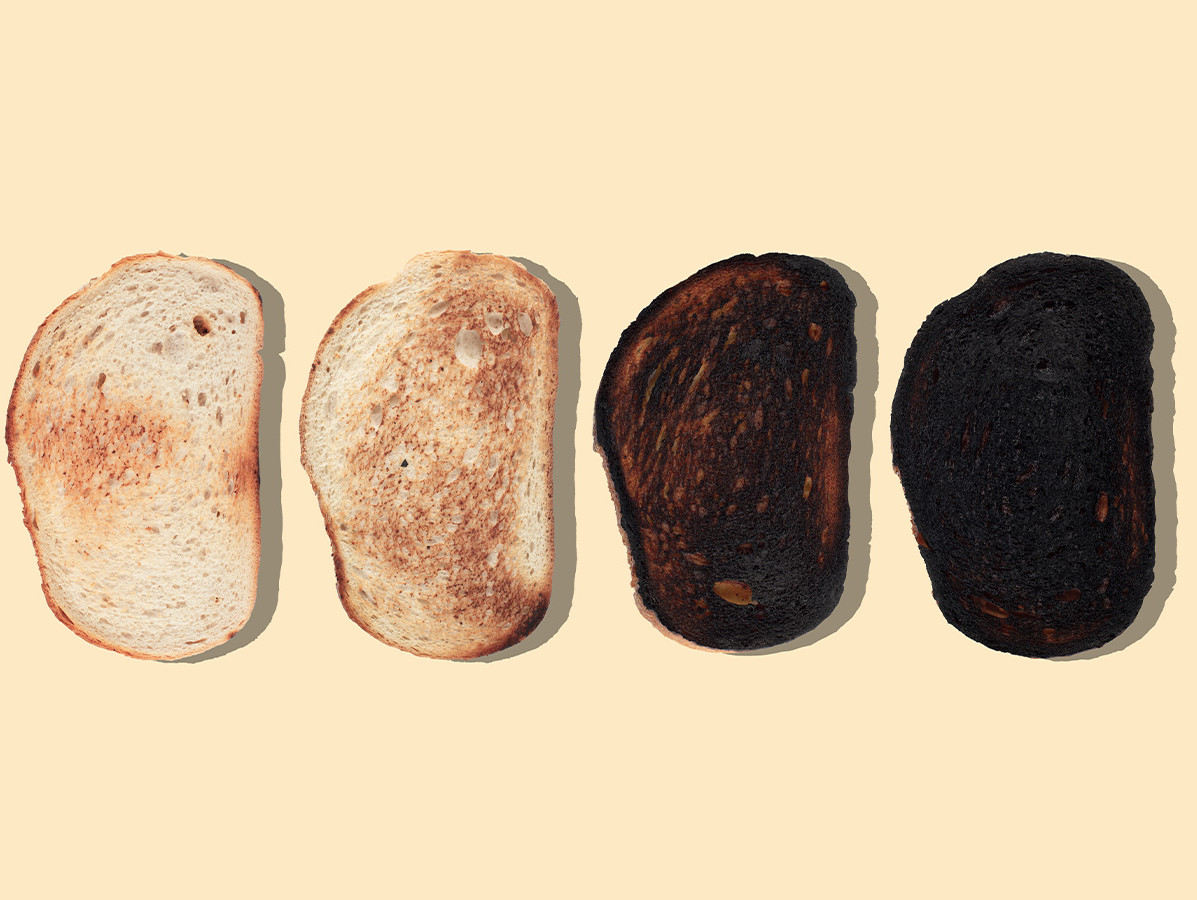
In mid-2023, the European Commission will amend Regulation (EU) 2017/2158, regulating acrylamide - the carcinogenic substance created by high-temperature frying or baking of starchy foods. The European Commission announced this recently. For food producers using potatoes, cereals and coffee, this has quite an impact. For instance, the legislation changes from reference levels to maximum limits. And the level of the limits will also be adjusted. According to EFSA, acrylamide levels in food products have not decreased consistently in recent years. Therefore, it is important to already investigate how to bring down acrylamide levels.
Currently, food producers only have the obligation to show that they are taking measures to lower acrylamide levels in food. But that is going to change. When the new legislation comes into force, there will be more control over exceeding the maximum limits. Exceedances must then be reported, and the NVWA may also start monitoring them. For most products, the new maximum limits will remain fairly similar to current reference values. Some maximum limits will be lower than the current reference values. In addition, there will be new maximum limits for products for which there is currently no reference value.
Acrylamide is formed when starchy products are heated at high temperatures above 120 degrees Celsius, and with relatively little moisture. High-risk products include:
These products contain (reducing) sugars as well as the amino acid aspartic acid. With these products, it is best to keep the temperatures lower and not fry or deep-fry them too long. Because that increases the acrylamide content. You can also check beforehand how many sugars and how much aspartic acid the product contains. By lowering those parameters in the recipe, you can also make gains. Importantly, food producers monitor the regulations in Regulation (EU) 2017/2158 as well as Regulation (EU) 2019/1888, in which the European Commission recommends monitoring the presence of specific foods. With this information, the European Commission may be able to identify additional management measures.
To see what acrylamide content your product contains just before consumption, you can determine what acrylamide content it contains after preparation. Consider changing the processes of your food product's production to keep the content low. For example, first soaking potato in water or a citric acid solution can significantly reduce the acrylamide content in the final product. As can varying the processes, such as boiling, steaming or sautéing ingredients in addition to frying and roasting.
Source: Eurofins Food Testing